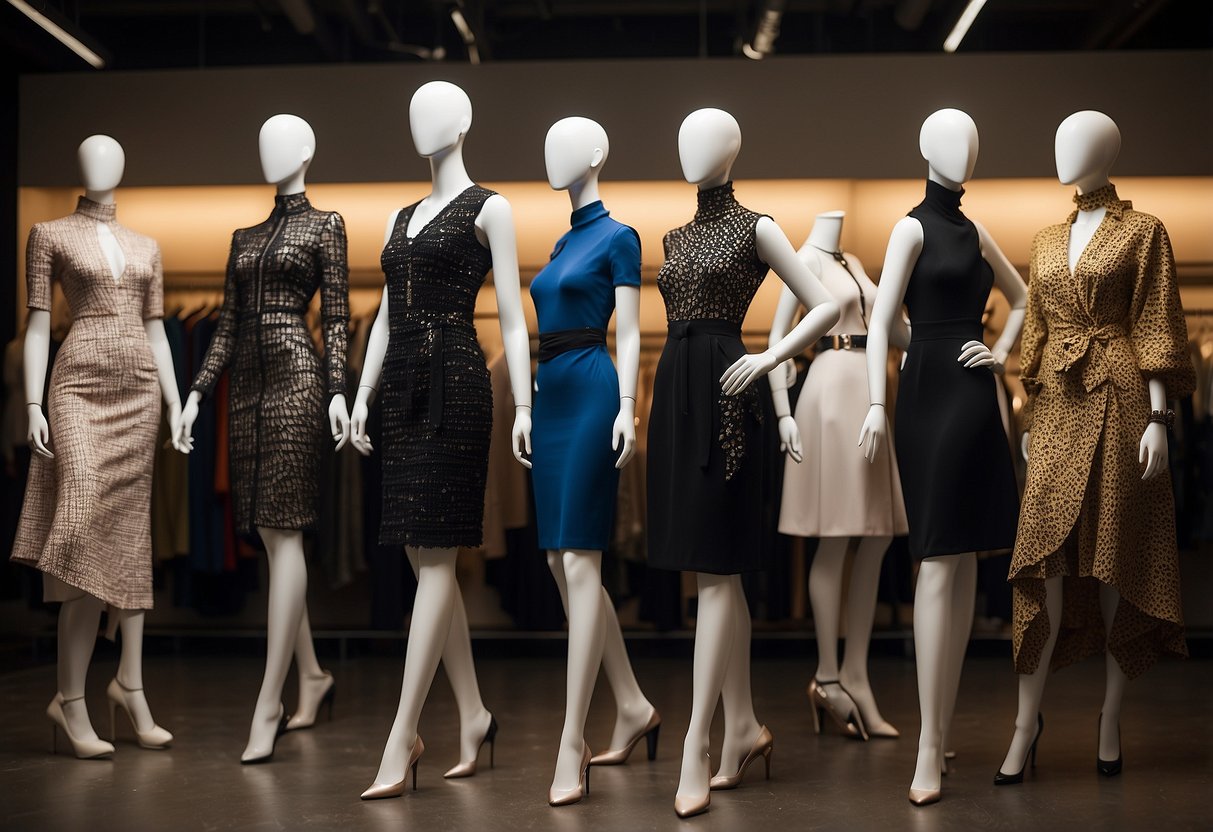
Technological Innovations in Fabrication
Innovative materials are changing the face of fashion. Designers now incorporate fabrics created through cutting-edge technology, such as smart textiles and biodegradable fabrics. Smart textiles can respond to stimuli like heat or light, adding a dynamic element to clothing that goes beyond aesthetics.
3D printing in fashion is another major advancement. This technology allows for the creation of custom, intricate designs that were previously impossible. It also supports sustainable practices by reducing waste, as garments can be printed on-demand.
Many designers are experimenting with bio-fabrication, a process that grows materials like leather or silk without the need for animals. Algae-based textiles are emerging as a popular eco-friendly option. These innovations not only reduce environmental impact but also offer unique textures and properties.
Recycling technology has also advanced significantly. New methods enable the breakdown and reforming of old garments into new fabrics. This supports a circular fashion economy, reducing reliance on virgin materials.
Laser cutting is being employed for precision and efficiency. Unlike traditional methods, laser cutting can create intricate patterns without fabric waste, enhancing both sustainability and creativity.
Nanotechnology is making strides in fabric performance. Fabrics can be infused with nanoparticles to make them water-resistant, UV-protective, or even self-cleaning. These enhancements add value and functionality to everyday wearables.
These technological innovations in fabrication are reshaping the fashion landscape, offering unprecedented opportunities for creativity, sustainability, and functionality.
Inclusivity and Diversity in Fashion

Inclusivity and diversity have gained significant attention in the fashion industry. Designers are now more focused on representing various body types, races, and genders in their collections. This shift highlights a commitment to embracing the unique attributes of all individuals.
In recent years, the runway has seen models of different ethnic backgrounds. This broader representation ensures that fashion is accessible and relatable to a global audience. It also serves as a powerful statement against traditional beauty standards.
Several designers are creating collections that cater to a wide range of sizes. By doing so, they challenge the industry’s historical preference for smaller sizes. These designs are not just about fitting different bodies but also celebrating them.
Gender inclusivity is another critical aspect. More brands are introducing unisex or gender-fluid clothing. This approach acknowledges the fluidity of gender and offers styles that are not confined to traditional gender norms.
Fashion shows are becoming more inclusive with the introduction of models with disabilities. This development encourages a broader understanding of beauty and ability. Adaptive clothing lines are also emerging, designed to be functional and stylish for people with varying needs.
Cultural representation is also making strides. Designers are drawing inspiration from diverse cultures and incorporating traditional elements into modern designs. This practice not only respects cultural heritage but also educates and inspires audiences.
Diversity and inclusivity initiatives in fashion are supported by numerous advocacy groups. These groups work to ensure that all voices are heard and represented, driving change from within the industry. Their efforts have been instrumental in pushing for broader acceptance and representation across all facets of fashion.



